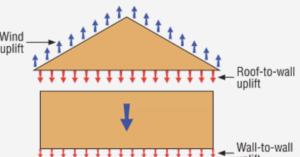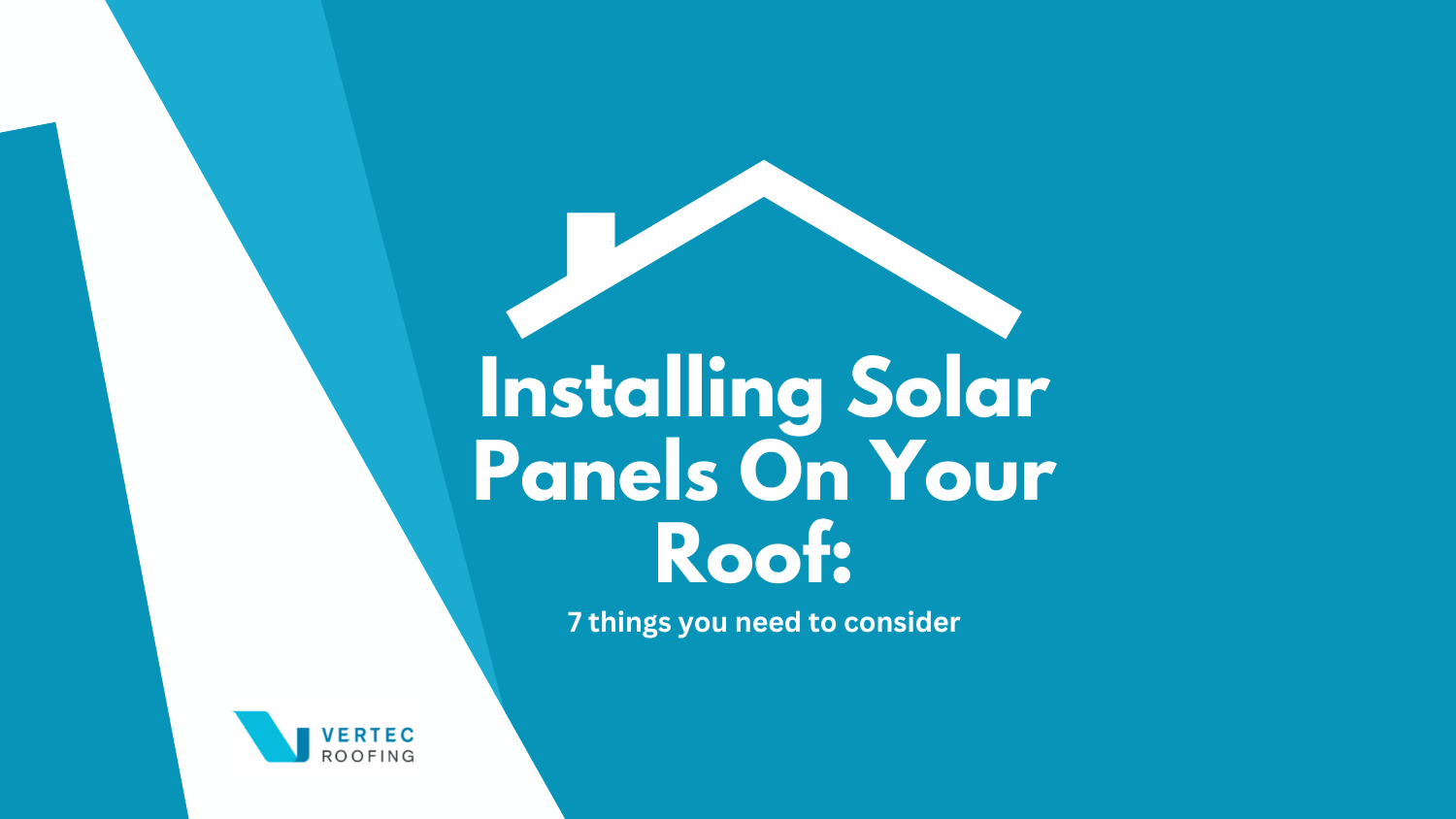

Australia enjoys more days of sunlight than almost anywhere in the world. As such, it should be no surprise that Australia has one of the highest uptakes of solar panels globally, with around 30% of homes now featuring a rooftop solar installation.
Whether you’re designing a new home or retrospectively fitting solar panels to your existing roof, there are several essential factors that you need to consider. In this article, we’ll look at some of the most common questions and considerations customers come across when shopping and going through the process of solar panel installation.
When considering installing solar panels, most reservation comes down to the initial investment involved. However, what most homeowners fail to realise is, there are a lot of governmental rebates and incentives that make the cost of installing solar much more accessible.
The most prominent program that the Australian government provides for private solar projects is the Small-scale Renewable Energy Scheme (SRES). The SRES aims to provide financial incentive to homeowners and business owners to install eligible small-scale renewable energy systems across Australia.
How much funding you’ll get from the government rebates will depend on a variety of factors like location, property, and solar system size. Furthermore, there are a lot of different solar incentives offered by individual state governments across News South Wales, Victoria, QLD, and ACT. It’s important to understand which rebates you may be eligible for before attempting to budget in solar installation costs!
Additionally, there is another financial incentive for installing solar panels: Feed-in tariffs. The feed-in tariff refers to the rate paid for any electricity you produce from your solar panels that is not used by your home, and instead fed back into the grid. So, anytime that you feed solar-produced energy back into the grid, you get paid by your electricity company.
Installing solar panels on the roof are a long-term investment. As such, it is vital to avoid going for the cheapest solar panels. While cheap solar panels are tempting (particularly with a cheap installer too), going down this route only means more costs later with expensive repairs, and having to get a second installer to come out and fix the low quality job that was completed initially.
Therefore, with something as valuable as solar, it’s important to invest in high-quality technology and installation, as quality panels will prove to be more efficient in generating energy, more durable, and require fewer repairs down the line.
Before investing in solar panels on your roof, it is essential to compare your options. Aside from solar providers and installers, there are two primary elements to consider.
First and foremost, the size of the solar system. It’s important to choose the right size solar system for your house, energy usage, and overall energy demands per person. Solar system sizes also come in different kWs to meet the unique demands of each property. For example, smaller 3kW solar panel systems produce less energy daily than a 15kW solar system
The second factor in choosing the right solar panel systems is the material of the panels themselves. Solar panel materials include polycrystalline, monocrystalline, and thin-film
When choosing the right solar panel for your roof, it will all ultimately come down to performance for your energy requirements. It’s important to match your household’s electricity needs with the potential production of your new solar system. Where possible, find a system with an estimated yearly production close to your previous years’ electricity usage.
What side of the roof should solar panels be on? Generally, the optimal tilt angle for roof solar systems is 26° orientated to the north. Solar panels need to face the right direction to take advantage of each day’s sunlight and energy stored. As such, it is vital that you work with a solar panel expert who can design, implement, and maintain your solar panels on your roof.
If your new solar system is part of a more extensive roof renovation or building a house from scratch, design around your solar. This way, you can get the maximum benefits from your solar panels on the roof, while ensuring the solar panels are not going to cause any issues for the structure of your roof. If you’re not sure what roof is best for solar panels, it’s important to speak to your local roofing expert who can advise you on the best roofing materials for your solar panel system.
When considering installing a solar panel system on your roof, maintenance and upkeep costs are often forgotten. When budgeting the installation and panel costs, it’s also important to think about how you’re going to take care of your solar panels, roof, and area surrounding.
Installing solar panels on your roof is one of the best ways to ensure your home is more energy efficient than ever before. However, it’s important that you speak to your roofing contractor before you install solar panels – this way you can make sure you’re getting the most out of your investment and ensure the panels won’t cause any damage to your roofing structure.

At Vertec Roofing, we believe roofing is about protecting homes and enhancing comfort.